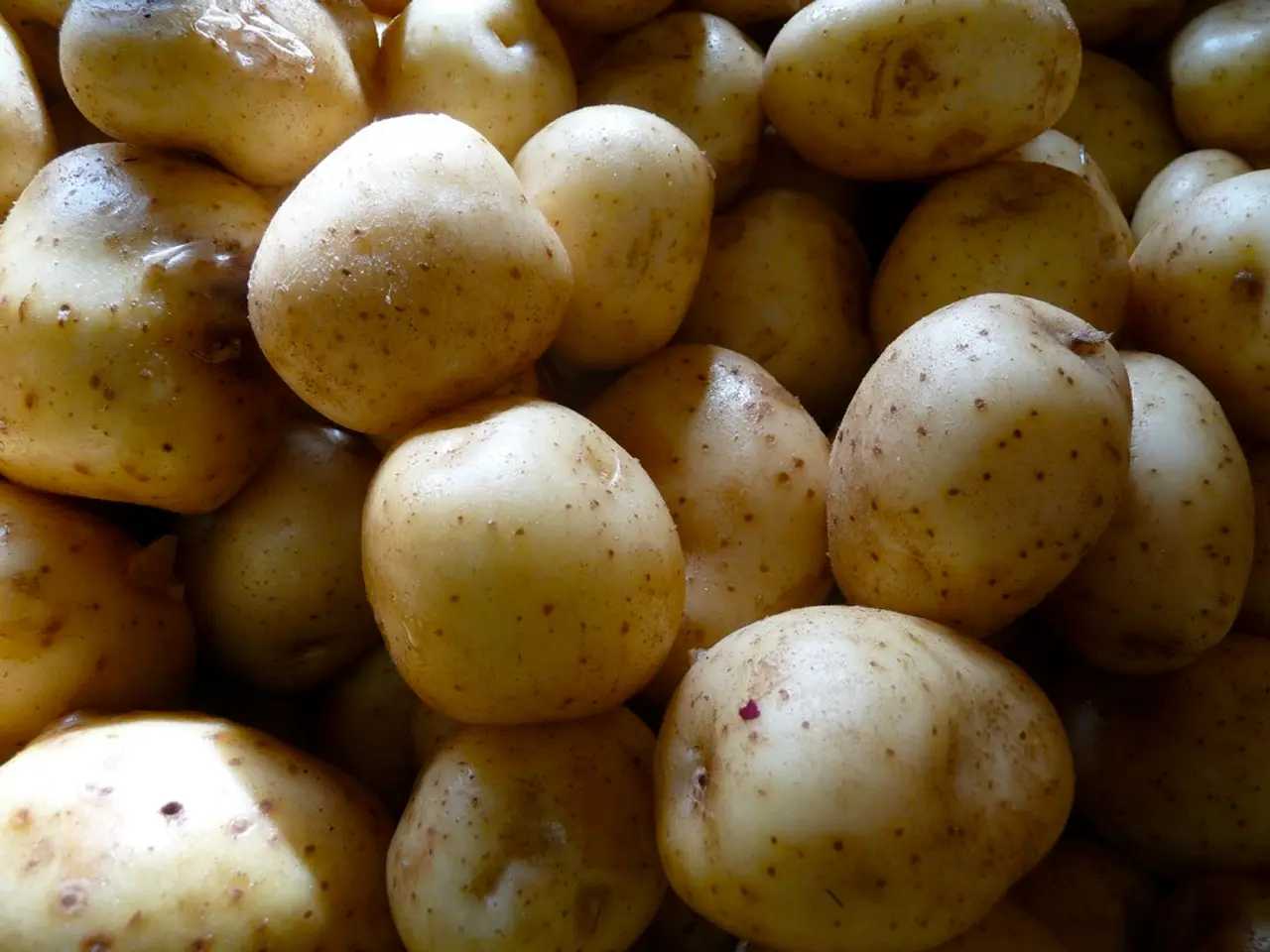Strategies to Enhance Female Involvement in Agriculture
In a world where women make up nearly 43% of the global agricultural workforce, it's disheartening to note that their contribution often goes unnoticed and undervalued. On October 23, 2024, a blog discussed four ways to increase women's participation in agriculture, highlighting the importance of securing formal land rights, legal and policy reform, recognising and enforcing women's land rights, cultural and social empowerment, and addressing structural inequalities.
Securing formal land rights is a significant step towards ensuring that women farmers, especially tenants and widows, can reap the benefits of government schemes, credit, subsidies, and compensation during crop failure. In India, for instance, less than 13% of common landholders are females, despite laws recognising tenant farmers. Women often rely on verbal agreements and are denied bank loans and formal benefits [1].
Legal and policy reform is another crucial aspect. Gender-discriminatory inheritance laws restrict women's access to land, confining them largely to unpaid farm labor and limiting migration and educational opportunities. Removing such legal barriers is essential to expanding women's land access and participation in agricultural and non-agricultural work [2].
Recognising and enforcing women's land rights is vital. National and local policies must shift power dynamics to support women's equal decision-making rights over land ownership and use. While many countries legally recognise these rights, practical enforcement often lags, necessitating practical support and societal change [3].
Cultural and social empowerment is also crucial. Standing in solidarity with women farmers and challenging patriarchal norms is essential. Enabling women’s leadership and participation in land governance strengthens their land rights and agricultural productivity [3].
Addressing structural inequalities is necessary. Addressing skewed land ownership patterns that concentrate land in the hands of wealthy farmers is essential. Equitable land redistribution and democratic participation of marginal women farmers in production processes can improve productivity and livelihoods [4].
In addition to these strategies, other initiatives can help empower women in agriculture. Establishing women-driven farmer field schools can provide a secure environment for women to learn and exchange green information. Government purchasing programs can significantly benefit women's cooperatives, ensuring fair prices for their produce. Giving ladies farmers publicising support, such as checking, bundling, and transportation associations, can assist them with appearing at more prominent business regions [5].
Empowering women in agriculture is a crucial step towards achieving sustainable agricultural development and food security. By implementing tailored microfinance programs for women in agribusiness, providing capability improvement programs, fostering women-only cooperatives, and promoting blended-bearing cooperatives that feature equal assistance, we can help women farmers overcome obstacles and thrive [6][7][8].
In India, a large number of women are involved in farming activities, but they face barriers such as limited access to land, finance, technology, and decision-making opportunities. Lack of access to financial services and credit prevents women from investing in sustainable development. Women's active participation in agriculture can transform rural economies and improve the livelihoods of entire communities [9].
States and developing affiliations should review people for green improvement associations to educate women in agriculture. By equipping them with necessary tools to manage growth effectively, we can help women farmers overcome the challenges they face and contribute more significantly to global food production [3].
References: [1] https://www.thehindu.com/news/national/andhra-pradesh/women-tenants-face-eviction-threat-in-krishna-district/article35067238.ece [2] https://www.thehindu.com/opinion/op-ed/women-and-land-in-india/article36906752.ece [3] https://www.thehindu.com/news/national/women-farmers-need-support-to-fight-patriarchy-and-poverty/article35151333.ece [4] https://www.thehindu.com/news/national/women-farmers-need-support-to-fight-patriarchy-and-poverty/article35151333.ece [5] https://www.thehindu.com/news/national/women-farmers-need-support-to-fight-patriarchy-and-poverty/article35151333.ece [6] https://www.thehindu.com/news/national/women-farmers-need-support-to-fight-patriarchy-and-poverty/article35151333.ece [7] https://www.thehindu.com/news/national/women-farmers-need-support-to-fight-patriarchy-and-poverty/article35151333.ece [8] https://www.thehindu.com/news/national/women-farmers-need-support-to-fight-patriarchy-and-poverty/article35151333.ece [9] https://www.thehindu.com/news/national/women-farmers-need-support-to-fight-patriarchy-and-poverty/article35151333.ece
- The blog discussed on October 23, 2024, also emphasized the importance of implementing tailored microfinance programs to empower women in agribusiness, encouraging health-and-wellness through economic stability.
- Additionally, promoting blended-bearing cooperatives that ensure equal assistance for ladies farmers can significantly improve their fitness-and-exercise levels by providing them with the means to afford nutritious food, contributing to overall women's health improvement.



